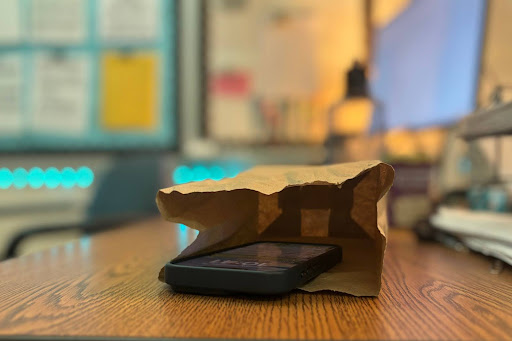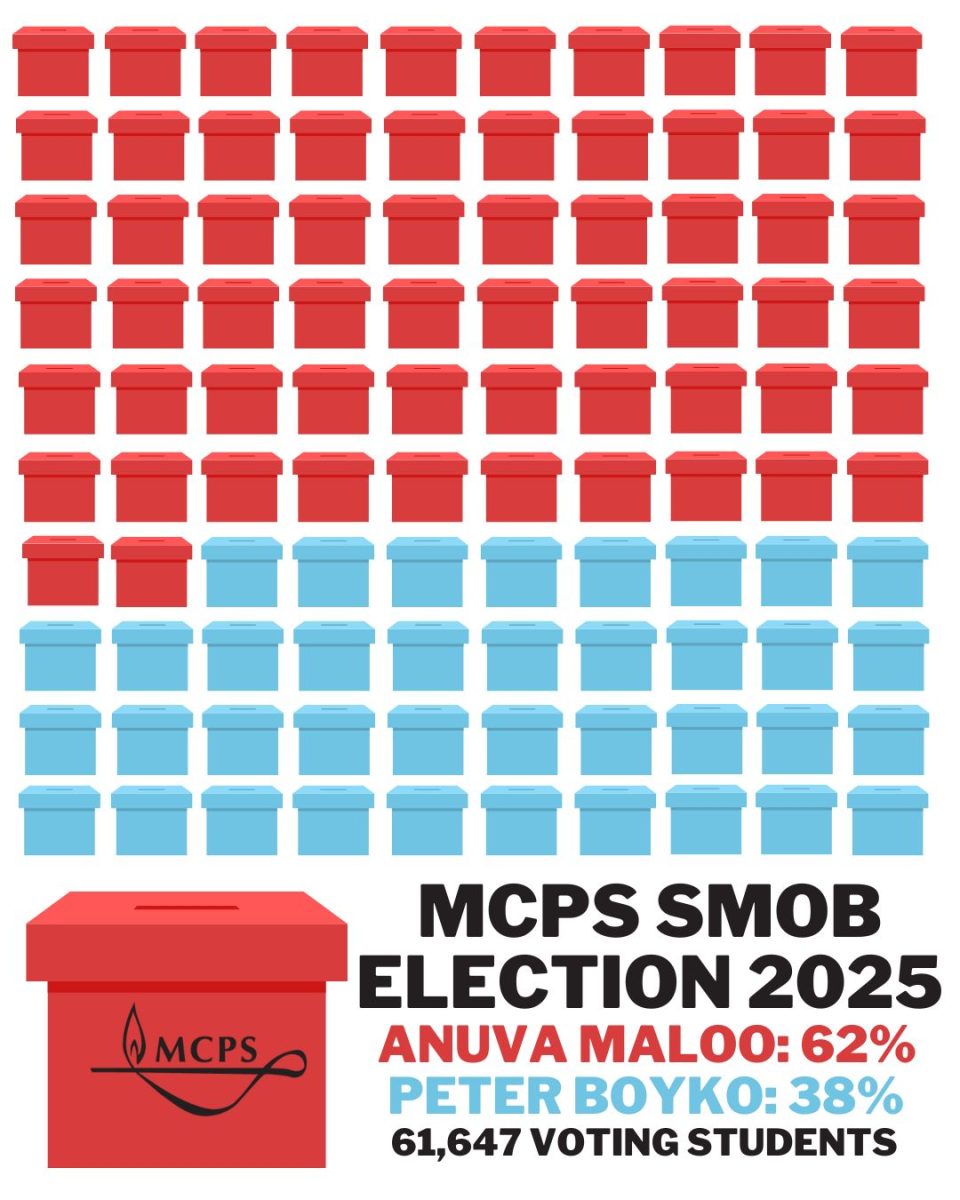On Wednesday, Oct. 15, RM will administer the PSAT exam to all sophomores, in addition to registered juniors, as a key step in ensuring students’ preparation and readiness for college. The exam, which has become fully digital as of 2025, lasts a total of two hours and 14 minutes and is divided into a 64-minute reading and writing section as well as a 70-minute portion testing math skills, totaling to a maximum possible score of 1520. The testing session at RM will last from 8:15 to 10:40 a.m., with a 10-minute break between the reading/writing and math sections.
In order to accommodate for students who are taking the test, RM is also set to follow a modified bell schedule on the day of the PSAT. While those taking the exam will report to their testing locations at 7:45 a.m., freshmen, seniors and juniors not taking the exam will have an extended Rocket Refresh period until 12:00 p.m. Afterwards, students will go through their normal schedule until dismissal, with each class lasting approximately 17 minutes each.
Though for sophomores, the PSAT is billed as a low-risk diagnostic that prepares students for the SAT, the stakes are much higher for the juniors who have chosen to take the exam. Juniors who choose to take the PSAT can qualify for the National Merit Scholarship, a competitive program that awards $2,500 scholarships to approximately 7,000 Finalists, providing students with much-needed financial aid for their college careers.
However, taking the PSAT is merely the first step towards this accomplishment. According to the National Merit Scholarship Corporation (NMSC), prospective scholars must first achieve a PSAT score above a certain Selection Index, which varies from state to state and year to year, in order to become a Semifinalist. After being notified of their selection in September, they then have to fulfill several requirements to apply to become a Finalist, including writing an essay, performing well academically, gaining the recommendation of a school official, among others. Fewer than half of the roughly 15,000 Finalists that are eventually chosen will actually receive a scholarship from the organization.
For this reason, many RM juniors have decided to take the PSAT exam, despite it not being required for them. “I am taking the PSAT because I want to get some more SAT practice, but mainly because I want the [scholarship] money,” junior Daniel Zou said.
Junior Alan Lu, who is also taking the PSAT, listed similar motivations for taking the exam. “I’m taking the PSAT as a junior primarily because of the National Merit Scholarship Program, but also as more practice for the SAT,” Lu said.
Despite the possible stakes, however, many students are taking a more relaxed approach to studying for the exam. “I haven’t really studied for it, but my plan in the next week is to use OnePrep,” Zou said. OnePrep is a free digital question bank that helps students prepare for the SAT, and can also be used to study for other exams in the SAT suite of assignments, such as the PSAT.
In addition, students have also taken advantage of the similarities between the SAT, which many juniors have already taken, and the PSAT. “I’m studying for it mostly using old SAT material since the content of the test will mostly be the same,” Lu said.
Though the stakes are high for many, Lu also offered words of encouragement for students who may be nervous for the upcoming exam by highlighting his approach to stress management. “I’d be lying if I said I wasn’t nervous at all, but that’s fine because maybe one should be a little bit nervous before a test because I find that it helps me stay focused and sharp which is crucial if I want to do my best,” he said. “ I try not to instill seeds of doubt into my mind, but it is important not to be ignorant of the situation either. Therefore I believe I can do well as long as I come prepared and do my absolute best.”








